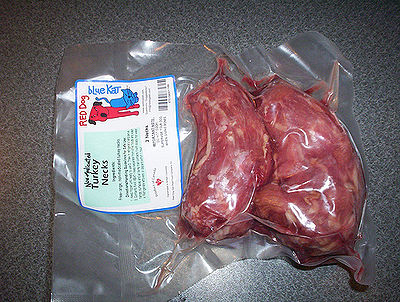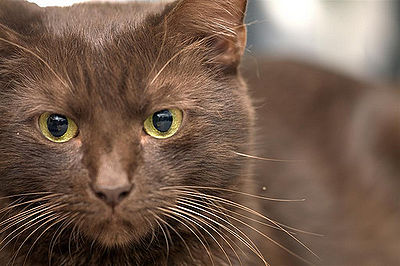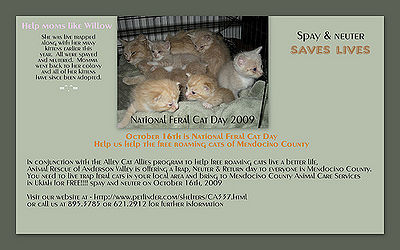
There are many proponents on both sides, pro and con, for feeding your dog and cat raw food.
Many pet owners are convinced that raw feeding is better for their pets. And recent pet food recalls have encouraged pet owners to feed raw or home-cooked food to their pets as they can control what goes into the food.
Commercial pet food has been available since 1890, but most people fed their pets table scraps and scraps from the local butcher. Commercial pet food actually reached popularity early in 1980 with companies touting their foods, claiming that they were healthier for pets. The claim was supported by many veterinarians. We’ve since learned that this is not necessarily true.
Due to consumer demand, many pet food companies now offer natural, holistic and/or organic foods. But popularity for raw feeding is growing and spreading.
One of the earliest raw diets was created by Dr. Ian Billinghurst, an Australian veterinarian. He named it “Barf”. While not a very appetizing name, it stands for Bones And Raw Foods and contains meat, organs, bone, raw vegetables, food like yogurt, probiotics and other supplements.
The argument against raw feeding is that raw meat, eggs and dairy products contain bacteria harmful to our pets and to us when handling the food. Proper care will eliminate that problem.
Fish, particularly salmon or other fish that swim upstream to spawn, is the only food that should be cooked before feeding. There is an organism in raw fish that causes salmon poisoning disease in pets. Either deep freeze fish for at least 7 days before feeding which kills the organism or, better safe than sorry, cook the fish.
But there have been recalls of so many processed foods, human and pet, due to contamination, that people are convinced to go the raw route.
Most raw frozen diets use the Association of American Feed Control Officials (AAFCO) guidelines. AAFCO is a private organization that sets standards for animal food. Some companies have even higher standards.
There are also freeze-dried and dehydrated pet foods that are complete meals or treats and are easier to store.
Here are some companies that offer raw, freeze-dried and dehydrated pet foods: Oma’s Pride, BarfWorld, Grandad’s Pet Foods, Raw Advantage, Only Natural Easy Raw Turkey & Sweet Potato dehydrated dog food, Only Natural Freeze-dried Patties, Nature’s Variety Raw Diets, Stella & Chewy’s Raw Food, Bravo Raw Food Diets (to name a few).
You can also purchase raw meat and chicken from your butcher. Have him grind the bones or you can add bone meal. Eggshells are also a good source of calcium. Just wash them gently, bake for about 10 minutes and crush.
Other supplements include vitamin/mineral caps, fish oil, brewers yeast, taurine for cats, probiotics, special supplements for specific ailments, etc.
When handling raw food, take extra care. Prepare meals on a clean surface. Don’t use wood cutting boards as they cannot be cleaned well enough to kill any bacteria. Store prepared food in the refrigerator. You can separate into individual meals, seal and freeze. Wash counters very well after food preparation. Wash hands thoroughly.
When changing your pet’s diet to raw, do so gradually. Mix a small amount in regular food, continuing to increase the raw while cutting back the other food. Within 10 days or so, your pet should be enjoying all raw food.
Related articles:



